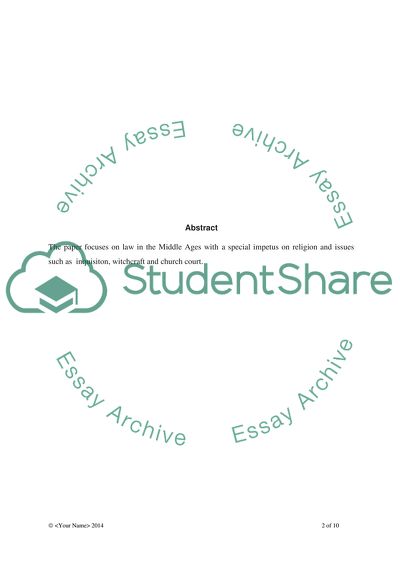Cite this document
(Church Law Supremacy during the Medieval Ages Report Example | Topics and Well Written Essays - 2000 words, n.d.)
Church Law Supremacy during the Medieval Ages Report Example | Topics and Well Written Essays - 2000 words. https://studentshare.org/history/1845194-resource-survey
Church Law Supremacy during the Medieval Ages Report Example | Topics and Well Written Essays - 2000 words. https://studentshare.org/history/1845194-resource-survey
(Church Law Supremacy During the Medieval Ages Report Example | Topics and Well Written Essays - 2000 Words)
Church Law Supremacy During the Medieval Ages Report Example | Topics and Well Written Essays - 2000 Words. https://studentshare.org/history/1845194-resource-survey.
Church Law Supremacy During the Medieval Ages Report Example | Topics and Well Written Essays - 2000 Words. https://studentshare.org/history/1845194-resource-survey.
“Church Law Supremacy During the Medieval Ages Report Example | Topics and Well Written Essays - 2000 Words”. https://studentshare.org/history/1845194-resource-survey.


